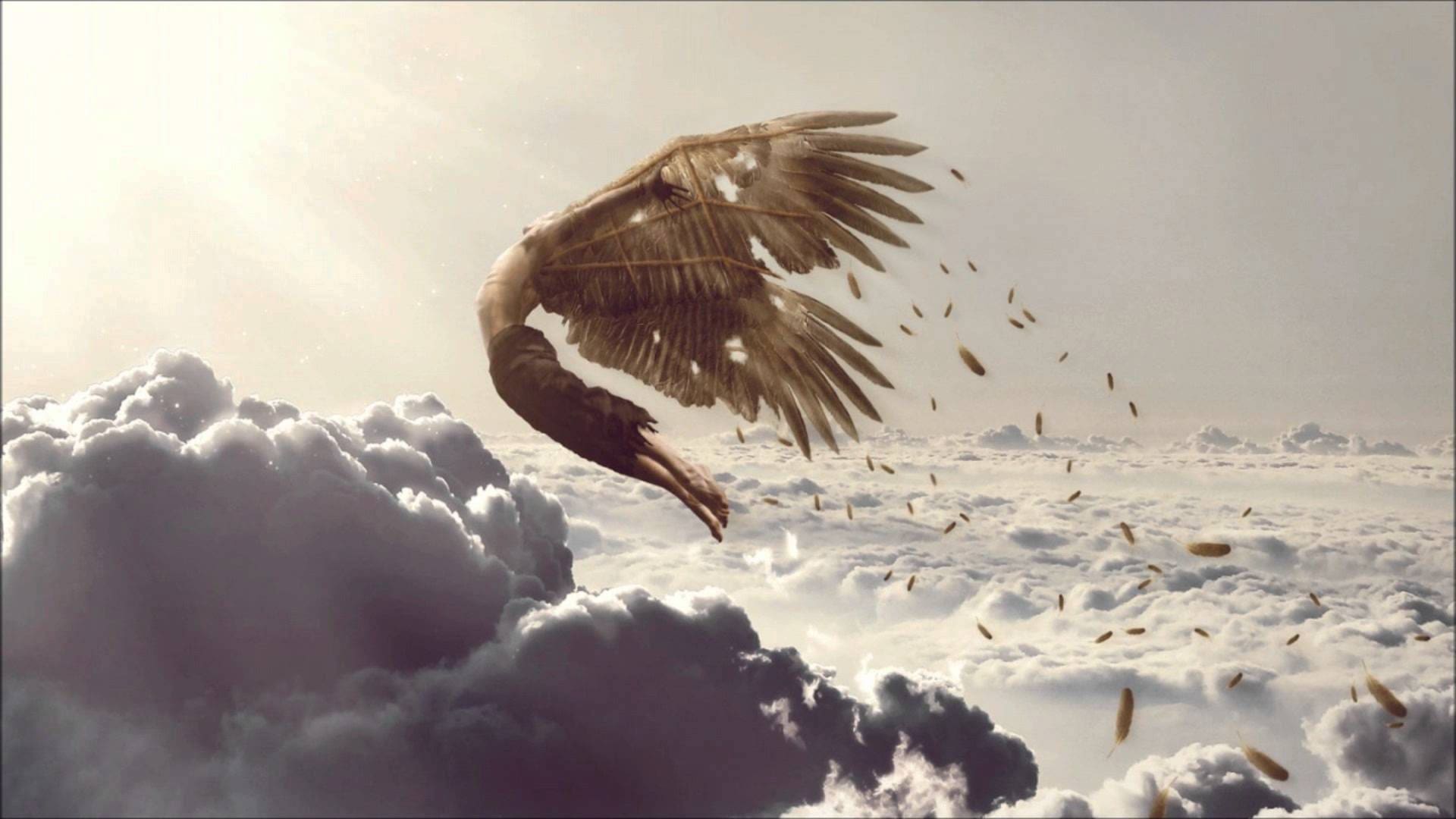The Eye of Re
To read the story before continuing you can checkout this link to read.
The Story of Re
Or to watch a quick video try this!
The Story of Re
Or to watch a quick video try this!
So there are many interesting details about this myth and it's chalk full of information about Egyptian culture as well as these reoccurring ideas that we keep seeing. The first theme I want to mention is how Ra made himself the first Pharaoh. Does this concept remind you of anything, possibly something with the last post? Well Re being the first Pharaoh is similar to how Amaterasu's descendants are the emperors of Japan. Because of these myths we can determine that these cultures used myths as a way to make their rulers seem god-like or divine. The reason behind this is because it allows rulers to have more control over their people. For instance if your god or gods were to appear before you would you disobey them? No, you probably wouldn't, but back then these people firmly believe in these deities and were devoted to them.
Next we see the reoccurring theme that I have talked about in every post so far. The idea that disobeying the gods will lead to punishment. In Ancient Egyptians case it's even a little more brutal than the other cultures. Instead of a single person disowning Re, a whole large portion of the population ignores him. This leads to the creation of Sekhmet who plans to destroy all humans. Sekhmet is Re rage in physical form which even terrifies the other gods. When you think about from our perspective it isn't that scary but imagine the thought of a giant cat/lioness goddess that is killing everyone you know.
Another cool thing about Re is that he is the sun god, but what's cool about him is that he explains the different time periods of the sun. For instance, at dawn he is Khepera , at noon he is Re and at night he is Atum. In order to explain the different cycles of the sun, Egyptians said that it was Re changing state between Khepera, Re and Atum. This unique because in other cultures such as Greek mythology the sun is simply a chariot that the sun god, Apollo, rides across the sky. Ancient Egyptians also explain that Re is the creator of everything on earth and of all the other gods. This is similar to the Greek Mythology, and Christianity where one god creates everything. Since we are also relating this to Christianity it's important to point out that Egyptian thought that the universe was a sea of nothing and then Re appeared who created everything which sounds awfully familiar to how god created the world in 7 days. Its also important to point out that the Jews were slaves in Egypt for a time and may have adapted this story of creation for their own god.
At the end of the myth Re retires his mortal being and became ruler of the heavens to allows Osiris to rule over Egypt. This part of the myth introduces the popular idea of the afterlife that most people associate with Egypt. Re job above is to guide the spirits to the afterlife which shows how important death is to this culture since after dying, one gets to be in Re's presence. Also by giving the throne to Osiris, Re also sets up the tradition of passing the throne to the male son.
Leave any suggestions or thoughts below in the comments. This is my first time creating a blog and I view this as a learning experience, so I don't mind any criticism. Also if you found anything wrong with what I wrote let me know and I correct it. Thanks for viewing my blog!











